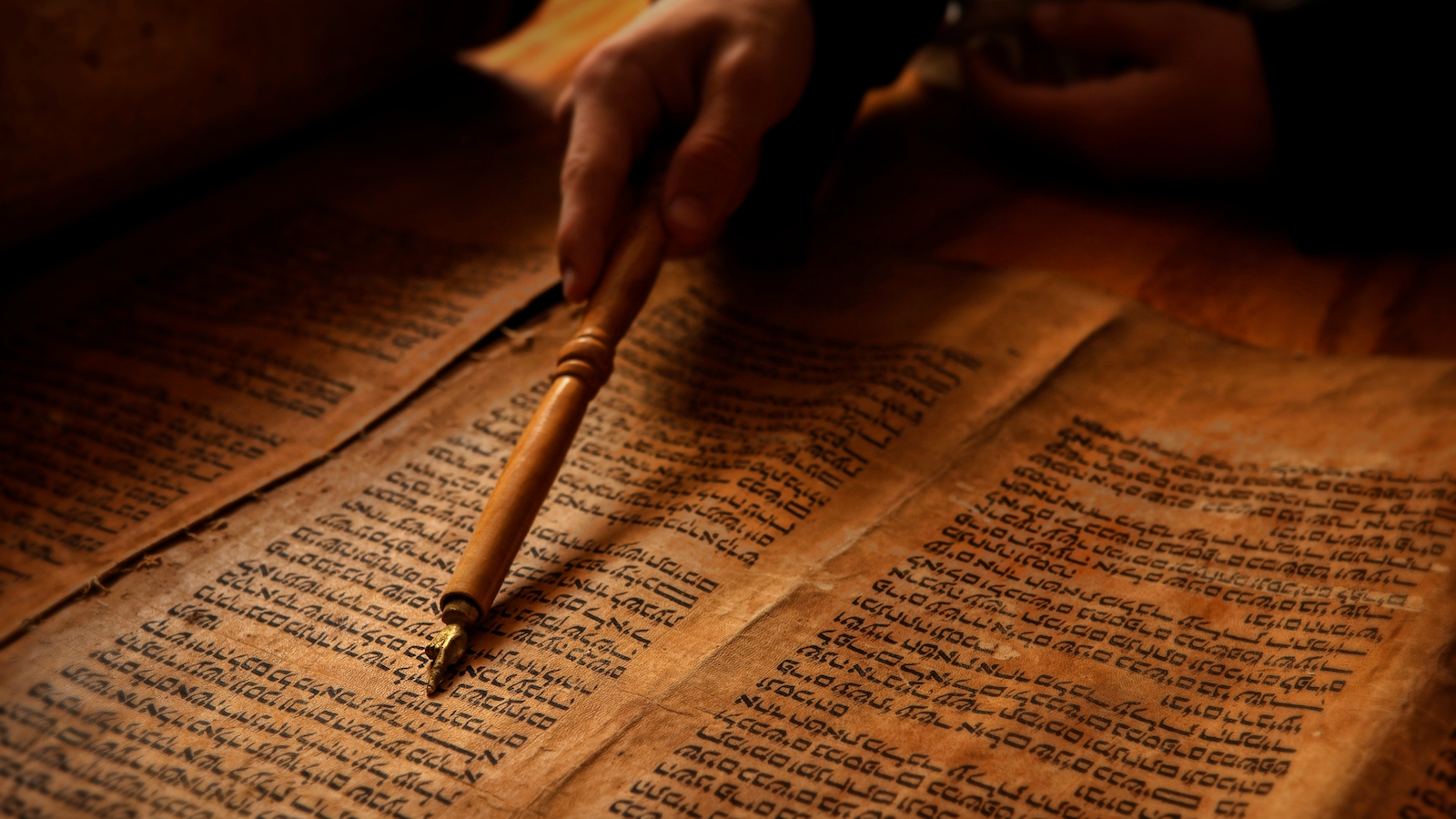The Torah may seem to present a unified account of Israelite history and law during the patriarchal and Mosaic periods. Detailed study of the text, however, has led modern critical scholarship to theorize that the Torah is a compilation from several sources, different streams of literary traditions that were composed and collected over the course of the biblical period (ca. 1200 B.C.E. to ca. 400 B.C.E.). Because the Torah, in this perspective, is an amalgam of the works of different authors or schools, it contains an abundance of factual inconsistencies; contradictory regulations; and differences in style, vocabulary, and even theology.
The first period of Israelite history is that of the patriarchs, described in the Book of Genesis. Beginning with Exodus, the Torah describes events of the Mosaic period.
How did the religion of the patriarchs differ from that of Moses? The Torah makes it abundantly clear that most of the commandments and laws revealed to Moses are new. What about the faith of Moses as opposed to that of the patriarchs? The Torah presents the idea that Moses had a more intimate relationship with God than the patriarchs did: “God spoke to Moses and said to him, I am the lord [YHVH]. I appeared to Abraham, Isaac, and Jacob as El Shaddai, but I did not make Myself known to them by My name YHVH”(Exodus 6:2-3). The patriarchs knew God as El Shaddai, but Moses will know God by His more sacred, more intimate name, YHVH.
Why So Many Inconsistencies?
The revelation of God’s name is literally an epoch-making event. When Moses and the Israelites are informed of God’s name, they become a special people with the destiny of having a sacred covenant with God. This new revelation of God’s name raises two striking questions. First, this name of God was already used in the Book of Genesis. In Gen. 4:25-26 we read: “Adam knew his wife again, and she bore a son and named him Seth. . . . And to Seth . . a son was born, and he named him Enosh. It was then that men began to invoke the LORD by name.”
Thus we learn that long before Moses, even long before Abraham, people used the name YHVH. How, then, can Exodus 6 tell us that the patriarchs used the name El Shaddai only? There are texts in Genesis that use the name El Shaddai, but there are even more texts that use the name YHVH. Moses’ mother, Yocheved, bears a name compounded with YHVH. So how can the name be considered new to Moses?
Second, God had already revealed the name YHVH to Moses at the Burning Bush. “Moses said to God, ‘When I come to the Israelites and say to them, ‘the God of your fathers has sent me to you,’ and they ask me, ‘What is His name?’ what shall I say to them?’ And God said to Moses, ‘Ehyeh-Asher-Ehyeh’ (Exod. 3:13-14).”
“Ehyeh-Asher-Ehyeh” means “I will be what I will be,” and “YHVH” means “He will be.” God explains that: “This shall be My name forever, / This My appellation for all eternity” (3:15). If the name YHVH had already been revealed to Moses in Exodus 3, why is it given as if for the first time in Exodus 6?
To review, although the distinctively Israelite name of God is YHVH, various sources disagree as to when this name was first used. Two sources tell us that YHVH was a name not revealed to the Israelites until God revealed it to Moses at the Burning Bush (3:13-15) and in Egypt (6:2-3). Both of these sources, however, disagree with the third source, which declares that the name YHVH was known from the beginning of history, from the time of the immediate descendants of Adam and Eve (Gen. 4:26). These facts suggest the existence of different theological perspectives concerning the time of the great turning point in Israelite religion, when it becomes a faith very different from that of the surrounding peoples.
The names that are used for God have served as important clues in the separation and discovery of the sources that make up the Torah. The different names of God have led source-critical scholarship to find independent traditions, each of which uses the divine name in different way. These traditions are independent of and contradict one another.
How does scholarship explain all of these variations? Different theories have emerged to explain the divergences along theological, geographic and chronological lines. Thus there may be a northern and southern version of the same story, which would account for inconsistencies. The stories were written over the course of centuries and reflect an evolutionary process that incorporated interpretations and additions as the text developed.
Four Literary Strands in the Torah and Bible
There is great agreement among scholars that the Torah, the Pentateuch, in its final form, is a work composed and edited from four literary complexes.
Yahwistic (J)
The oldest of these is the Yahwistic source, designated by the letter J because it consistently uses the name YHVH (spelled “Jahweh” in German) and because of its special interest in places located in the southern kingdom of Judah. This tradition seems to have been written in the 10th century B.C.E.
Elohistic (E)
The Elohistic source, designated E, is so named because of its use of the divine name Elohim and its interest in the northern tribes, of which Ephraim was the most important. It probably was written between 900 and 800 B.C.E., presenting material parallel and supplementary to that found in J.
Priestly (P)
The Priestly source, designated P, uses the divine name El Shaddai (until Exodus 6) and contains a great many ritual texts. Scholars greatly disagree concerning the date when this source was written. Some place it as early as J and E, but others posit a date as late as the Babylonian exile (6th century B.C.E.)
Deuteronomic (D)
The Deuteronomic source, designated D, is considered to have been written later [than J and E] (8th to 6th century B.C.E.). It reviews certain stories and presents legislation that sometimes differ from the first four books. It is important to note that contradictions exist not only within narrative material but also within the laws of the Torah. For instance, Exodus 21:2-11 states that a male slave should be released after six years of servitude. This law, however, does not apply to female slaves (v. 7). In Deut. 15:12, the same requirement of release is extended to both male and female slaves.
Most scholars believe that the Torah was compiled and edited by Priestly redactors in Babylonia between 600 and 400 B.C.E.
Reprinted with permission from Etz Hayim, Torah and Commentary (Jewish Publication Society)
Torah
Pronunced: TORE-uh, Origin: Hebrew, the Five Books of Moses.



